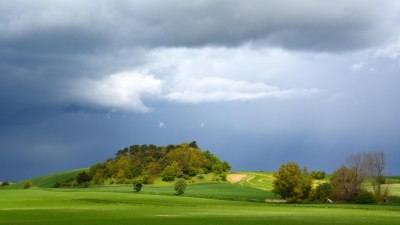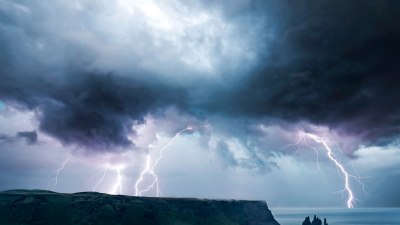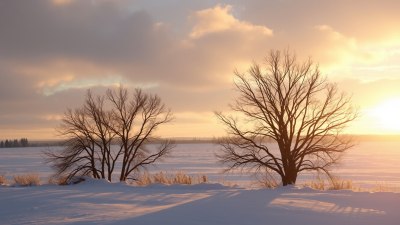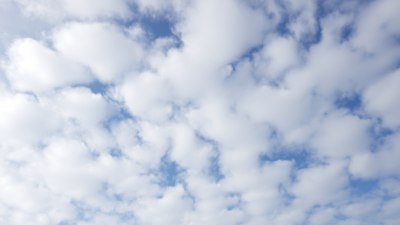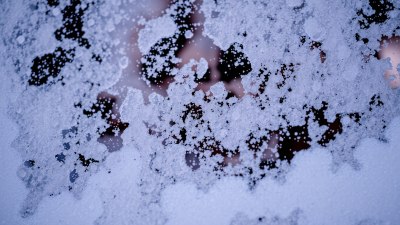Why It Can Be Sunny and Snowing at the Same Time
Discover how weather conditions combine to make it possible for snow to fall while the sun is shining brightly in the sky.
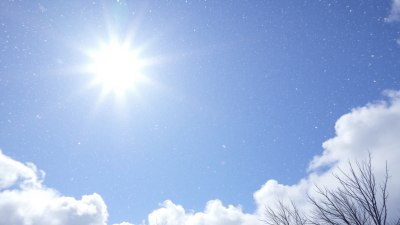
Image created with Flux Schnell
It might seem counterintuitive, but it is possible to have sunshine and snowfall occurring simultaneously. This phenomenon often surprises people because we usually associate snow with cloudy, overcast skies. However, specific atmospheric conditions allow sunlight to penetrate clouds while snow continues to fall, creating a unique and fascinating weather event.
Understanding Snow Formation
Snow forms in clouds when the temperature drops below freezing, allowing water vapor to crystallize into ice crystals. These crystals grow and combine until they become heavy enough to fall to the ground as snowflakes. Typically, snow is associated with thick, dense clouds that block the sun’s rays. However, the complexity of weather systems means snow can fall even when the sky is partly clear.
The type of cloud, temperature gradients, and atmospheric moisture content all influence snow formation. For snow to fall, there must be moisture in the air and temperatures low enough to keep the precipitation frozen from cloud to ground. Precipitation can begin in higher, often thicker cloud layers but continue falling through lower atmospheric layers that are less dense or even partially clear. These lower layers might let sunlight pass through, resulting in sunshine on the ground.
How Sunlight and Snowfall Coexist
For snow and sunshine to occur simultaneously, several conditions must line up. First, the snow-generating clouds may not cover the entire sky but are limited to a localized area. The sun can shine brightly from clear or partly clear regions, while snow falls from small, isolated cloud patches nearby. This is common in mountainous areas or regions with changing weather patterns.
Another factor is the angle and intensity of sunlight. During winter months or locations with low sun angles, sunlight can stream through gaps in the clouds or thin cloud layers while snow is still precipitating. The sun’s rays can sometimes pass through semi-transparent clouds without evaporating the snowflakes, allowing them to reach the ground in sunshine.
The Role of Cloud Types
Not all clouds produce the same weather. Cumulus clouds, for instance, can be fluffy and white, often allowing significant sunlight to pass around them. Stratiform clouds, common in winter precipitation, tend to cover the sky uniformly but can also feature breaks and thinner regions. When stratiform clouds are broken up, sunlight can shine through the gaps even as snow falls from cloud bases.
Additionally, high-altitude clouds like cirrostratus or cirrocumulus can create bright conditions as the sun shines through them, while lower clouds produce snow that reaches the ground. The layering of clouds at different altitudes can cause the sun to be visible overhead with snow falling below.
Microclimates and Local Topography
Local geographic and topographic features play a significant role in weather phenomena. Mountains, hills, and valleys can create microclimates where weather conditions vary over short distances. These variations can cause snow showers in one spot and clear sunny skies just a short distance away.
For example, wind patterns can drive clouds rapidly across a region so that one neighborhood experiences snow, while a nearby area enjoys direct sunlight. The sun might be shining brightly in places where snow is currently falling or vice versa, depending on how the clouds move and local elevation affects atmospheric conditions.
Examples of Snow with Sunshine in Nature
This mixed phenomenon is a frequent sight in many winter climates. In the northern U.S., Canada, and parts of Europe, it’s not unusual for snow showers to pass through under partly cloudy skies. Residents might see a bright blue sky that suddenly darkens with snow clouds, then returns to sunshine within minutes.
One familiar term for light snow mixed with sunshine is "sunshower." Although more commonly associated with rain, sunshowers can also occur with snow. This event creates dramatic and picturesque scenes where sunlit snowflakes sparkle as they fall.
Impact on Visibility and Safety
While visually stunning, simultaneous sunshine and snow can impact visibility and safety. The sun shining on falling snowflakes causes dazzling reflections and glare, which can challenge drivers and pedestrians. Roads may be slippery, and the contrast between bright sunlight and falling snow can affect depth perception.
Aware drivers should be cautious in such conditions, recognizing this weather pattern as one that can rapidly change and reduce traction. Pedestrians also need to be alert for icy patches that may not be easily visible under bright sunlight.
Photographic and Cultural Significance
Sunlit snow showers provide photographers and nature enthusiasts with dramatic opportunities. The combination of sparkling snowflakes illuminated by direct sunlight offers unique textures and vibrant contrasts. Capturing snow falling against a bright blue or golden sky can result in images rich with atmosphere and emotion.
In some cultures, this weather event carries symbolic meanings. For example, some folklore associates sunshowers—rain or snow during sunshine—with mystical or auspicious occurrences. The visual contrast between sun and snow embodies the dynamic balance of nature’s elements.
Predicting When It Will Happen
Meteorologists forecast such phenomena by analyzing detailed weather data including satellite images, radar, temperature layers, moisture content, and cloud formations. Weather models help predict areas likely to experience isolated snow showers under partly sunny skies.
Advanced radar can detect snow bands and their movement relative to areas with clear skies, improving local forecasts. Weather apps and alerts often include specific warnings for mixed conditions to help people prepare for variable visibility and road conditions.
Seasonal and Geographical Variations
The likelihood of snow occurring while it remains sunny depends heavily on the season and location. In winter months, the combination is more frequent because cold atmospheric layers are prevalent, and storm systems can be patchy.
Locations near mountains, coastal zones, or regions affected by lake-effect snow often see rapid changes between sunny breaks and snow showers. Conversely, in warmer climates where snow is rare or absent, the conditions for simultaneous sunshine and snow are nearly impossible.
Temperature Profiles and Snow Survival
Snowflakes falling through warmer layers can melt before reaching the ground, resulting in rain or sleet instead. For snow to fall during sunshine, it must pass through atmospheric layers cold enough to let the flakes survive intact.
This vertical temperature profile is critical. The presence of an inversion or consistent subfreezing air ensures snow doesn’t melt, even if the sun heats the surface below. This explains why sunny snowfall is more common in cold, stable air masses rather than warmer or transitional weather conditions.
A Beautiful Weather Quirk
The simultaneous occurrence of sunshine and snow is a fascinating illustration of how complex and dynamic weather systems can be. It combines factors like cloud cover, light penetration, temperature gradients, local geography, and atmospheric moisture to create a visually striking and scientifically intriguing event.
Whether witnessed during a winter hike or on a city stroll, sunny snowfall moments remind us of nature’s surprising flexibility and provide unique opportunities to appreciate the interplay between light and precipitation.
Next time you see snowflakes glittering in the sunshine, you’ll understand the intricate atmospheric dance that allows this lovely phenomenon to take place.


